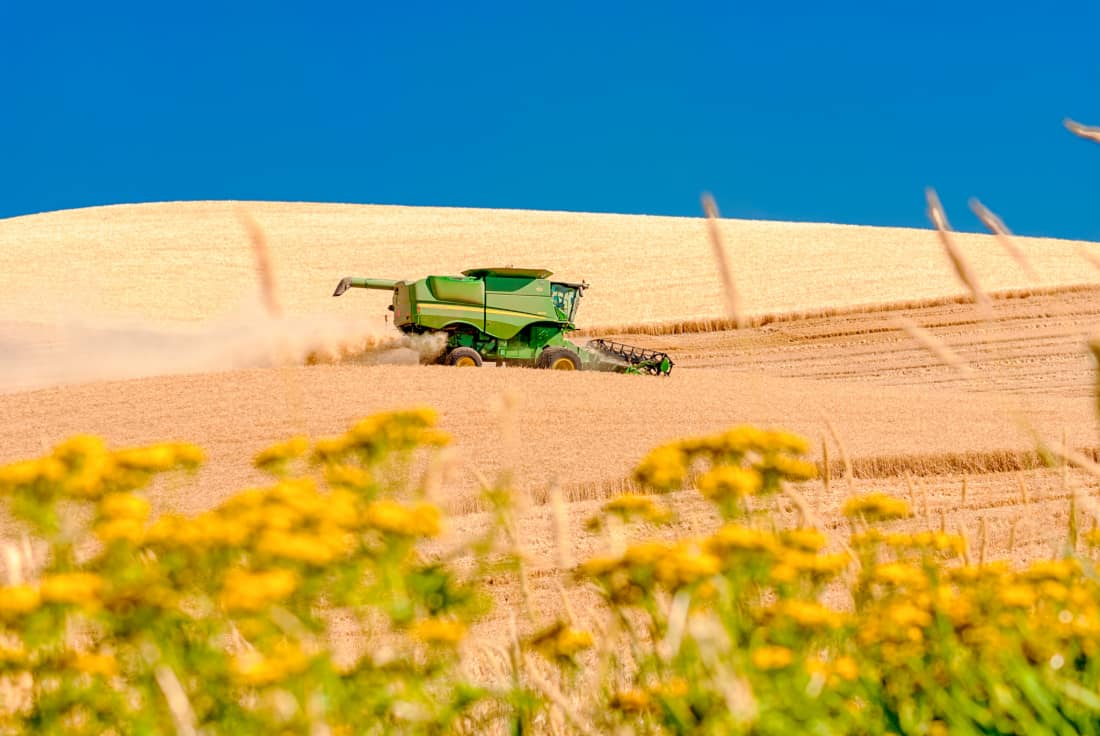
Conventional farming is the most widely used method in field crop production. It is known for its economic benefits, yet its environmental and social qualities are often seen in a negative light.
Conventional farming methods include the use of synthesized fertilizers, herbicides, genetically modified crop varieties, large precision machinery and advancing technologies. It is the integrated use of these continually evolving farming practices that allow us to produce the volume of food needed to keep up with a growing population — while also trying to reduce the impact crop production has on the environment.
Zero-till practices can help mitigate farming’s impact on soil health and prevent erosion. It’s often paired with herbicides which are used for the management of unwanted vegetation, such as weeds.
Tillage is the old, alternative vegetation management practice but it breaks up the soil as it rips out weeds growing in it. The soil then becomes very loose and can be easily moved by wind or water. This erosion can strip a field of its most fertile soil and its productivity.
Zero-till practices leave stubble, litter and crop roots on and in the soil to stabilize it and protect it from potentially eroding. Unfortunately, this also creates an inviting environment for weeds to grow, which is why herbicides are needed.
This combination works to create a productive environment while protecting soil health.
Using additional inputs, such as synthetic or natural fertilizers, is common practice in conventional farming. Synthetic fertilizers include manufactured supplements of nutrients like nitrogen and phosphorus while natural fertilizers consist of animal or plant waste.
Synthetic fertilizers are popular because producers have the ability to apply specific rates of each nutrient needed based on the field and crop being grown. Done properly, this can limit the harmful runoff and allows optimal growing conditions for the crop.
Genetically modified crops are used in conventional farming and can be grown to increase yields and tolerate drought conditions to allow for more productive crop farming. These crops require less water and less land, resulting in a smaller environmental footprint.
While organic practices have a smaller environmental impact per land area, conventional farming is proven to have a smaller environmental impact per volume produced. This is because the total amount of land needed to produce equal volumes of grain is much less with conventional practices.
Conventional farming continues to evolve its techniques to limit the impact on the environment. These practices are favourable for growing the large amounts of crops needed to feed our growing population. Since conventional farming strives to protect the soil, the land can continue to produce at a consistently high quality for decades to come.
This op-ed was written by a University of Saskatchewan undergraduate student and reflects the views and opinions of the writer. If you would like to write a rebuttal, please email opinions@thesheaf.com.
—
Kaylie Krys
Photo: Flickr | Charles Knowles